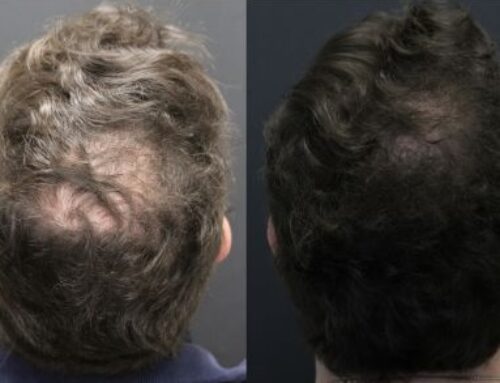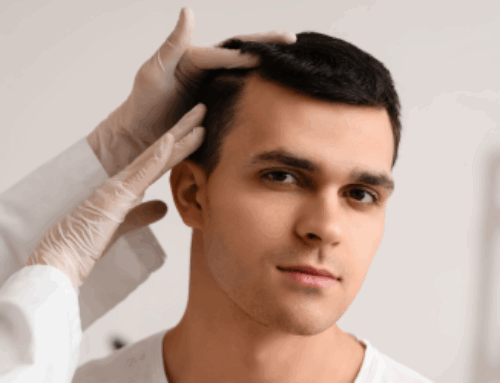Hair loss is a widespread issue that affects as many as 80% of men and women at some point in their lives. Although this can cause anxiety or embarrassment, advances in regenerative medicine have brought forth successful, non-surgical approaches, one of which is Platelet-Rich Plasma (PRP) treatment.
What Is PRP?
PRP, or Platelet-Rich Plasma, is a regenerative treatment that utilizes the patient’s own blood to stimulate healing and tissue repair. Platelets, which are small constituents of blood most well known for clotting, also include potent growth factors. When activated and concentrated, these growth factors can stimulate and enhance cellular regeneration.
How PRP for Hair Restoration Works?
During PRP treatment, only a small portion of blood is taken from the patient and treated to separate the platelet-rich component. The enriched plasma is injected back into specific regions of the scalp. In most instances, microneedling is also administered to facilitate maximum absorption and effectiveness of the treatment.
The aim of PRP for hair loss is to stimulate more vigorous, healthier growth of hair by activating or strengthening hair follicles that were dormant or damaged. PRP may not work for every patient, but where growth factor deficiency is an underlying cause of thinning, PRP may be of significant value to patients.
PRP Treatment Timeline
PRP for hair loss generally calls for multiple sessions to achieve maximum benefit. A typical course of treatment is:
- Three monthly treatment sessions
- Maintenance injections every six months
The schedule maintains the regenerative benefits and assists in long-term strengthening of hair as well as hair density.
FDA Status and Safety for PRP
Although FDA approval has been granted to PRP for specific medical purposes, it has not been explicitly approved by it for hair loss, though it is generally accepted as a safe and routine method administered off-label internationally by hair transplantation specialists.
PRP as part of an overall treatment plan
PRP is not to be used as a one-size-fits-all treatment or as an independent procedure alone. It is most effective as a component of an integrated hair restoration treatment plan that could include:
- Topical medications
- oral treatment
- Life changes
In most instances, these more established and relatively cheaper options are used first before even considering PRP. In conclusion, PRP is an exciting, non-surgical treatment that can be used to treat some forms of hair loss, but it is crucial to obtain treatment from an expert practitioner who can formulate an individualized treatment plan that is matched to your condition.
Clinics that use PRP as an exclusive treatment might not be delivering the range of successful therapies that you can benefit from. If you are considering hair restoration, speak to a board-certified dermatologist who provides an entire spectrum of treatment options and is concerned about your long-term results.
Schedule a PRP Consultation
Considering PRP or other hair restoration options? Dr. Robert Haber and the team at Haber Dermatology in Beachwood, Ohio offer personalized, evidence-based solutions tailored to your unique needs. With decades of experience and a full range of advanced treatments, including PRP, Dr. Haber is committed to helping patients achieve natural, lasting results. Schedule a consultation today to explore the right approach for your hair restoration journey.

Meet Robert Haber, MD, FISHRS
Dr. Haber is considered one of the finest hair transplant surgeons in the world, and lectures internationally each year. He also directs the region’s busiest private clinical trials unit studying new medications.
In 2023, Dr. Haber was the recipient of the prestigious Manfred Lucas Lifetime Achievement Award by the ISHRS, for his exceptional contributions and commitment to the field of hair transplantation. Only 15 other surgeons globally have ever received this honor.
The International Society of Hair Restoration Surgery (ISHRS) awarded Dr. Haber the coveted Golden Follicle Award in 2009 as one of the world’s top hair transplant surgeons, in recognition of his academic contributions and surgical skills.



